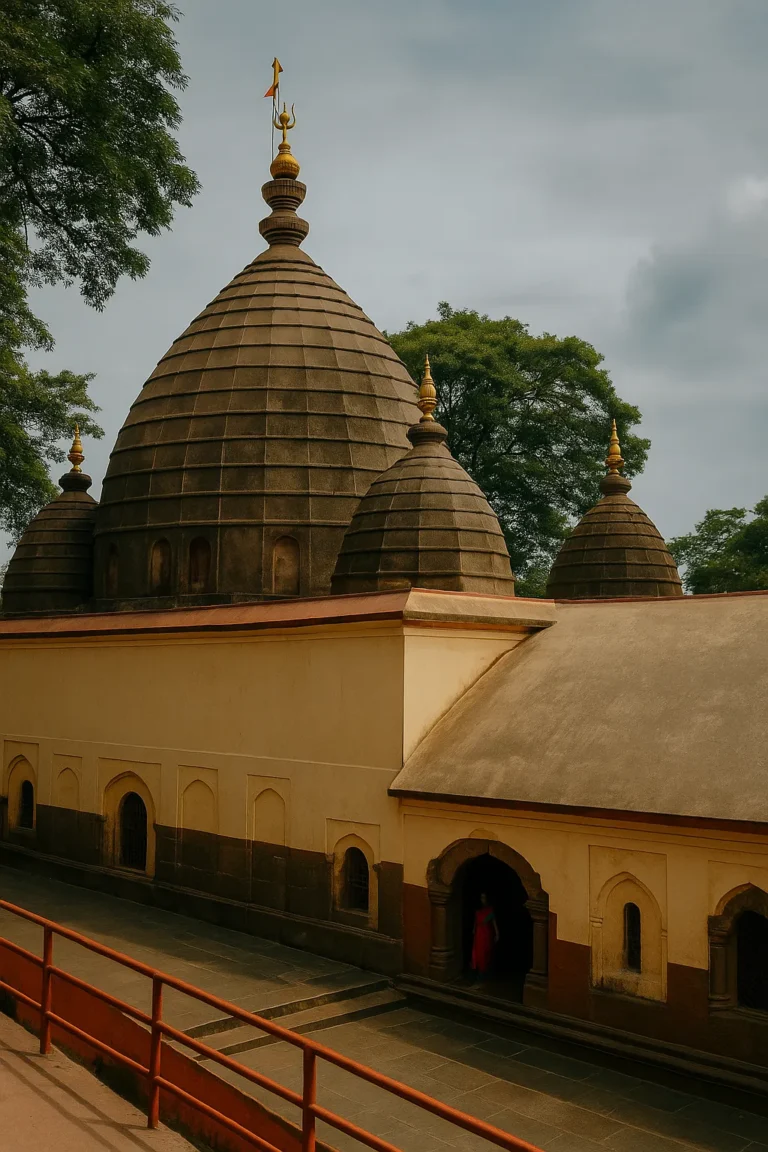Amazing Facts About Assam
Assam is a state located in northeastern India. It is renowned for its vibrant cultural heritage, rich biodiversity, and scenic landscapes. The mighty Brahmaputra River flows through the heart of the state, making it a fertile agricultural region and a key economic hub in the Northeast.
The state is India’s largest producer of tea and is globally recognized for its high-quality Assam tea. Assam’s population is as diverse as its landscape, with more than 200 ethnic communities and over 100 languages and dialects spoken across the region. Major ethnic groups include the Assamese, Bodo, and Bengali communities.
About Assam’s history, it boasts a rich historical legacy. Archaeological evidence traces human habitation in the region back to the Neolithic period. The Ahom dynasty, which ruled Assam for over 600 years have played a crucial role in shaping its culture and politics. Their legacy can still be seen in the architecture and traditions of the region.
The Kaziranga National Park, a UNESCO World Heritage Site, is home to the iconic one-horned rhinoceros, along with a variety of other animals and bird species.
To know more about Assam, below are more details :

Key Facts About Assam
- Assam is located in the northeastern part of India.
- About Assam borders, it shares borders with Bhutan and Arunachal Pradesh to the north; Nagaland and Manipur to the east; Mizoram and Tripura to the south; and Bangladesh, Meghalaya, and West Bengal to the west.
- Dispur is the capital city of Assam.
- The state comprises 35 districts.
- Guwahati is the largest city in Assam and the entire Northeast region. Known as the Gateway to the Northeast, it serves as a major hub for trade and communication.
- Other important cities include Jorhat, Dibrugarh, Tezpur, and Silchar.
- The two major rivers flowing through Assam are the Brahmaputra and the Barak.
- As per the 2011 Census, Assam’s population stands at approximately 3.1 crore.
- The literacy rate is 73.18%.
- Assam spans a total area of 78,438 sq km (30,285 sq mi).
- Assam features three main physical regions: the Brahmaputra Valley, the Barak Valley, and the hilly regions bordering Meghalaya, Nagaland, and Manipur.
- The state’s economy is largely based on agriculture and tea cultivation, along with petroleum, natural gas, and coal industries.
- Popular tourist destinations include Kamakhya Temple, Kaziranga National Park, Majuli Island, Sivasagar, and the Srimanta Sankardev Kalakshetra.
- Assamese is the official language. Other widely spoken languages include Bodo, Bengali, and Karbi. In total, more than 40 languages are spoken across the state.
- Bihu is the most celebrated festival in Assam, marking agricultural seasons.
- Assam is home to Majuli, the world’s largest river island.
- The one-horned rhinoceros, found in Kaziranga, is a symbol of Assam and is found almost exclusively here.
- Major ethnic groups include Bodo, Miri, Karbi, Rabha, Kachari, Lalung, Deori, and Dimasa, among others.
State Symbols of Assam
| Category | English Term | Assamese Term |
| Animal | One-horned rhinoceros | Gor |
| Bird | White-winged wood duck | Deo haah |
| Dance | Bihu Dance | Bihu nas |
| Festival | Bihu | Bihu |
| Flower | Foxtail Orchids | Kopou phul |
| Language | Assamese | Axomiya |
| Literary Society | Assam Literary Society | Axom Xahityo Xobha |
| Motto | Hail mother Assam | Joi Aai Axom |
| Seal | Government of Assam | Axom sorkar |
| Song | O my dearest country | O Mur Apunar Dekh |
| Tree | Dipterocarpus macrocarpus | Hollong |
The above information about Assam will help you to know better about Assamese culture, history, demography, and its people. To get more information about Assam, check the below links :
- Assam GK Questions and Answers
- For more information about Assam’s geography and history, you can refer to Wikipedia.
